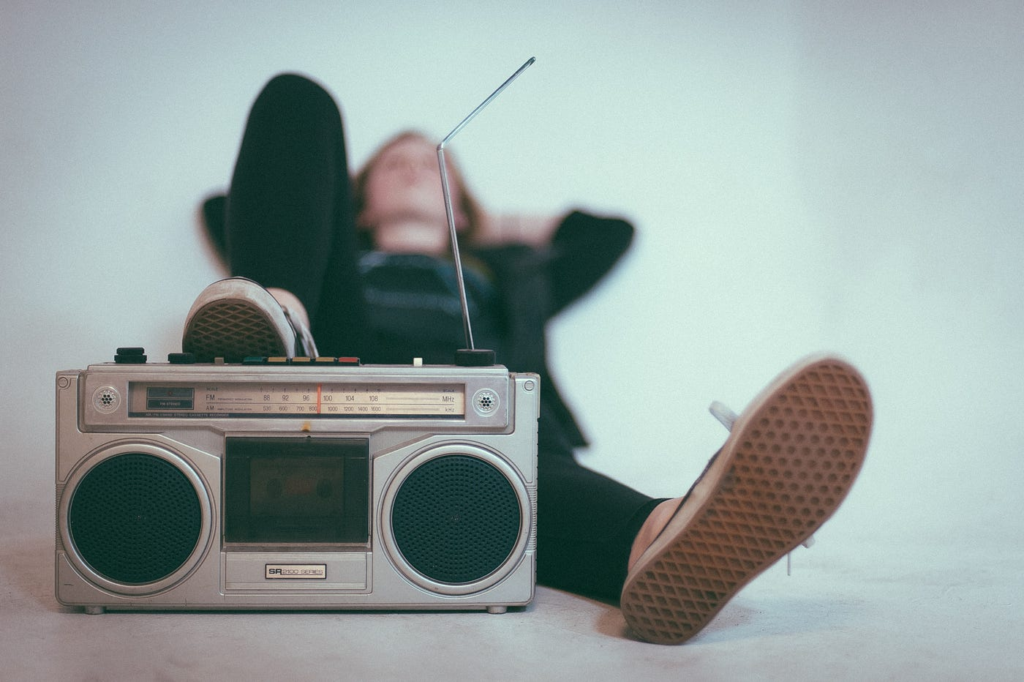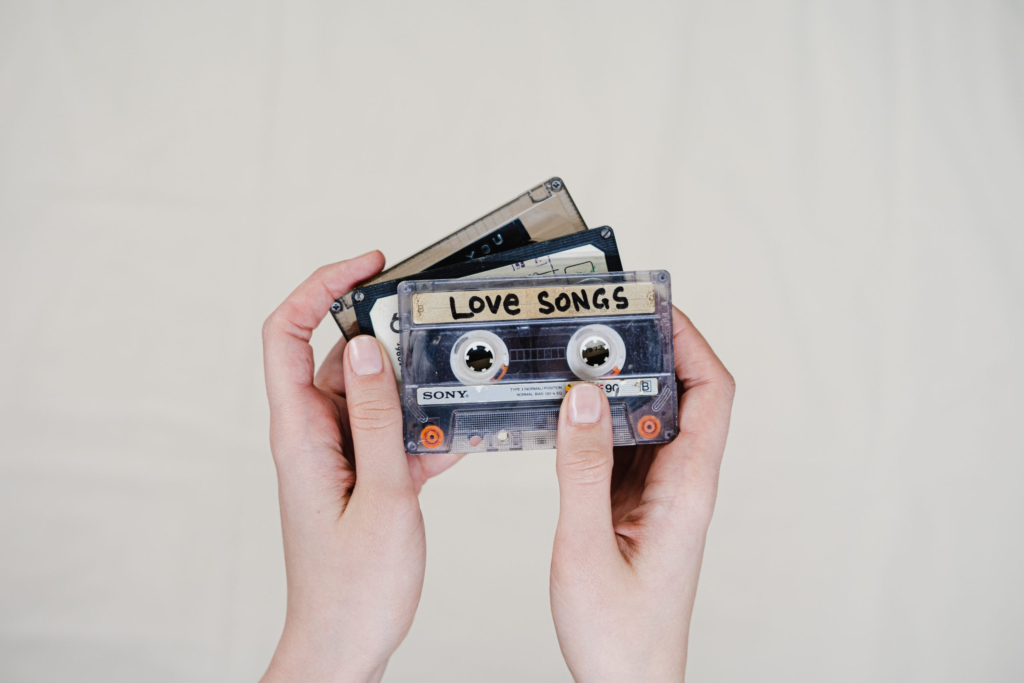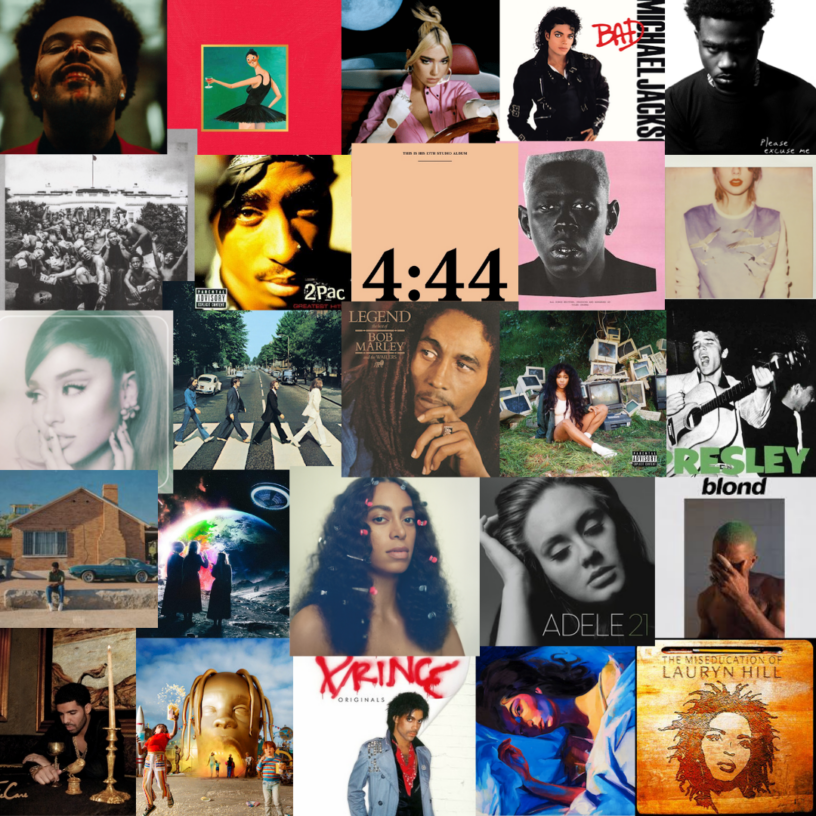In recent years, modern music has increasingly drawn on the allure of the past, with artists and producers alike embracing nostalgic sounds. This trend, which weaves vintage elements into contemporary tracks, taps into a powerful emotional response: nostalgia. But why are these echoes of yesteryears so compelling today? This article explores the appeal of nostalgic sounds in modern music, examining their historical roots, psychological impact, and influence on current music trends.

Historical Context of Nostalgia in Music
Nostalgia in music is not a new phenomenon. From the revival of classical forms in the Baroque era to the swing revival of the 1990s, artists have long looked to the past for inspiration. Early examples include the incorporation of jazz standards into pop music and the resurgence of swing in the mid-20th century. The 1980s, in particular, saw a wave of retro-inspired trends, with bands like Duran Duran and Culture Club infusing their music with vintage vibes.
As musical tastes shifted, so did the methods of evoking nostalgia. The 1990s saw a rise in retro-themed genres like Britpop, which drew heavily on the sounds of 60s rock and pop. The early 2000s continued this trend with the popularity of retro-tinged indie and alternative music. This historical context sets the stage for understanding the resurgence of nostalgic sounds in today’s music scene.
Elements of Nostalgic Sounds
Nostalgic sounds are characterized by their ability to evoke memories and feelings from the past. These elements often include:
- Vintage Instrumentation: Use of instruments and sounds from past decades, such as analog synthesizers, drum machines, and vintage guitars.
- Production Techniques: Techniques like tape saturation, analog recording, and lo-fi effects that recreate the warmth and imperfections of older recordings.
- Musical Styles: Genres and subgenres that are reminiscent of past musical eras, such as synthwave (a homage to 80s electronic music) and retro indie rock.
Modern artists and producers frequently employ these elements to create a sense of familiarity and comfort. For example, the use of vintage synthesizers and drum machines in synthwave music aims to transport listeners back to the 1980s, while indie pop artists may use lo-fi production techniques to evoke the DIY ethos of the 90s.

Psychological Appeal of Nostalgia
Nostalgia is a powerful emotion, often associated with a longing for the past and a sense of comfort. Psychologically, nostalgia helps to reinforce our personal identity by connecting us with our past experiences. Research indicates that nostalgic music can evoke positive emotions, enhance mood, and provide a sense of continuity in our lives.
Studies have shown that listening to nostalgic music can trigger memories of significant life events and personal milestones, contributing to feelings of happiness and contentment. This emotional connection is one reason why nostalgic sounds are so appealing—they resonate with listeners on a deeply personal level, offering both emotional comfort and a sense of belonging.
Nostalgic Sounds in Modern Genres
Several modern genres prominently feature nostalgic sounds:
- Synthwave and Retrowave: These genres are direct homages to the electronic music of the 1980s. Artists like Kavinsky and FM-84 use vintage synthesizers and drum machines to recreate the soundscape of that era. Synthwave’s popularity underscores a cultural fascination with 80s aesthetics, from neon lights to retro futurism.
- Indie Pop and Rock: Many contemporary indie artists draw on past musical styles to create their unique sound. Bands like Tame Impala and Mac DeMarco blend vintage production techniques with modern sensibilities, producing music that feels both fresh and familiar. This fusion of old and new helps these artists stand out in a crowded market.
- Pop and Hip-Hop: Sampling is a common practice in pop and hip-hop, where producers incorporate elements from past hits into new tracks. Artists like Drake and The Weeknd have successfully used samples from classic songs to connect with listeners who appreciate the nostalgia of familiar tunes.

The Role of Technology in Creating Nostalgic Music
Technology plays a crucial role in the production of nostalgic music. Modern software and hardware allow artists to recreate vintage sounds with remarkable accuracy. Digital audio workstations (DAWs) offer a range of virtual instruments and effects that emulate the characteristics of old-school gear.
For example, software emulations of classic synthesizers and drum machines can replicate the distinctive sounds of the 80s. Similarly, tape emulation plugins add warmth and saturation reminiscent of analog recording. These technological tools enable artists to blend nostalgic elements seamlessly with contemporary production techniques, creating a hybrid sound that appeals to both old and new listeners.
Case Studies
Several artists and albums exemplify the successful use of nostalgic sounds:
- The Weeknd: Known for his retro-inspired sound, The Weeknd’s album Starboy features influences from 80s pop and R&B. Tracks like “Starboy” and “I Feel It Coming” showcase his use of vintage synths and production techniques, blending them with modern pop sensibilities. The Weeknd’s ability to merge these elements has contributed to his widespread appeal.
- Tame Impala: Kevin Parker, the mastermind behind Tame Impala, infuses his music with psychedelic sounds reminiscent of the 60s and 70s. His album Currents incorporates vintage synthesizers and dreamy production, creating a nostalgic yet contemporary sound. Tame Impala’s success highlights the enduring appeal of retro influences in modern music.
The Impact on the Music Industry
The trend of incorporating nostalgic sounds has significant implications for the music industry. For one, it has influenced music production and marketing strategies. Labels and artists often leverage nostalgic elements to create a sense of authenticity and emotional connection with listeners.
This trend also affects streaming trends and concert performances. Nostalgic tracks and albums frequently perform well on streaming platforms, where algorithms can amplify their reach. Additionally, artists who successfully incorporate nostalgic sounds often see increased demand for live performances, as fans are drawn to the familiar and comforting elements of their music.

Criticisms and Controversies
While the use of nostalgic sounds in modern music is popular, it is not without its criticisms. Some argue that relying heavily on retro elements can stifle originality and innovation. Critics contend that an overreliance on nostalgia may lead to a homogenization of musical styles, with artists focusing more on past trends than on pushing creative boundaries.
There is also a concern that nostalgia can be exploited commercially, with some artists and producers prioritizing nostalgia over substance. This criticism highlights the need for balance and authenticity in the use of nostalgic elements, ensuring that they enhance rather than overshadow the music itself.
Future Directions
Looking ahead, the trend of nostalgic sounds is likely to continue evolving. Advances in technology will enable even more sophisticated recreations of past sounds, while cultural shifts may influence the kinds of nostalgia that resonate with listeners.
Future developments might include the integration of virtual reality and immersive experiences in live performances, allowing audiences to experience nostalgic music in new and innovative ways. Additionally, as new generations come of age, their unique experiences and preferences will shape the next wave of nostalgic sounds, creating fresh interpretations of past influences.
Conclusion
The appeal of nostalgic sounds in modern music lies in their ability to evoke powerful emotions and connect listeners with the past. Through vintage instrumentation, production techniques, and musical styles, artists create a sense of familiarity and comfort that resonates deeply with audiences. While there are valid criticisms of the trend, the use of nostalgic elements continues to shape the music industry, influencing production, marketing, and listener experiences. As technology and cultural tastes evolve, the future of nostalgic music promises to be both innovative and deeply rooted in our shared memories.
For more such content, keep visiting QAWire


